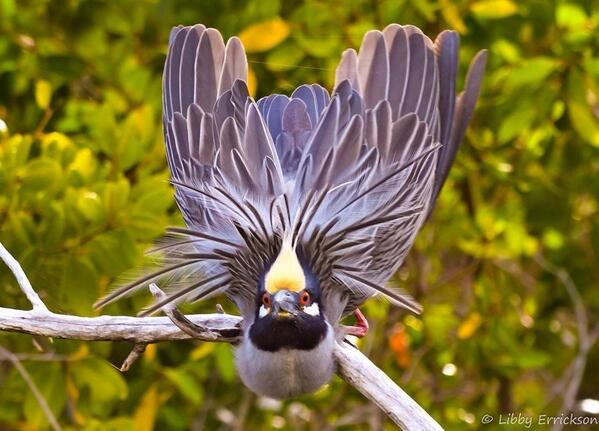Glenn Beck got all worked up over this chart, as if it revealed some great, cardinal sin:
FinanceDegreeCenter.com is a mysterious organization that does no-one-really-will-say what on the internet. A few months ago I got a series of e-mails from the group, telling that they were changing their name from an earlier iteration and claiming my links to one of their charts jeopardized all the good work they did for people seeking higher education, merely by accurately citing where I got the chart. That sounded fishy, so I asked them what they did, really, and I got a barrage of e-mails . . .
I think they get paid to steer people to for-profit, on-line schools. That doesn’t mean their charts are inaccurate, though it does mean I don’t post them without a lot of checking first (this is the first one I’ve posted since then).
Which is a long way of saying, Beck sure has crumby sources.
Bad as the source may be, the information isn’t far off. But there’s the problem.
Beck’s audience probably believes, as Beck has told them, that the U.S. pays way too much in foreign aid. Polls repeatedly show most people think we spend anywhere from ten times to a hundred times what we do. A great little article with charts at the Washington Post explained:
The poll result that seems to most frustrate budget analysts is the apparent belief among Americans that foreign aid is a huge cost to the federal government. The latest poll that my colleague Ezra Klein cites finds that the average American thinks the United States spends 28 percent of the federal budget on aid to foreign governments — more than the country spends on Social Security or Medicare or defense.
In reality, we spend only 1 percent on foreign aid.
This gap between perception and reality is ridiculously large. That’s depressing, but it also presents an opportunity. The case that 28 percent of the budget should go to foreign aid is very strong. And if Americans already think we give that much — well, the least we could do is accommodate them!
We don’t spend enough. Yes, we spend $38 billion. That’s less than 1% of total U.S. outlays, and it’s been declining as a share of our Gross National Income and Gross Domestic Product since 1960.
Glenn Beck gets outraged, and shouts away, “$38 billion,” hoping that his shouting will make the number appear larger than it is. He thinks, and says, it’s too much.
$38 billion? Less than 1% of the budget. Less than one penny of every dollar.
As a nation, the U.S. does not spend enough on foreign aid. We should spend more.
Think of the good that could be done, if our nation actually did increase foreign aid to equal 25% of the federal budget (without taking it out of the hides of poverty-struck, homeless newborn babies and baby ducks as GOP legislators would insist). How would the world be different?
More, and resources:
Spread the word; friends don't allow friends to repeat history.




 Posted by Ed Darrell
Posted by Ed Darrell 







